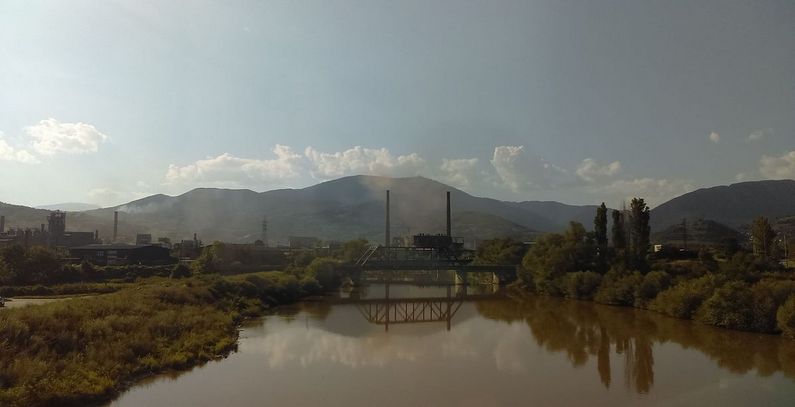
Photo: Dans [CC BY-SA 4.0 (https://creativecommons.org/licenses/by-sa/4.0)]
Share
Share
A financing agreement has been signed for a EUR 53 million project to build a combined heat and power plant (CHP) to use recovery gases from the steelworks in Zenica, instead of coal burned by the current boilers. The project is expected to resolve the city’s district heating issues, as well as to significantly cut emissions in what is one of the most polluted cities in Europe, according to reports.
The new plant is to be built by Toplana Zenica, a joint venture set up by the local unit of ArcelorMittal, the world’s largest steelmaker, the City of Zenica, Finland’s clean energy solutions provider KPA Unicon, and Finnfund, a Finnish development financier focused on sustainable development projects.
The new CHP plant is expected to be operational in June 2020, said ArcelorMittal Zenica CEO Biju Nair.
ArcelorMittal Zenica has a 50% stake in Toplana Zenica, the City of Zenica has 20%, and KPA Unicon and Finnfund hold 15% each.
The European Bank for Reconstruction and Development (EBRD) has arranged a EUR 46 million financing package for the agreement. The package comprises a EUR 28 million loan for the EBRD’s own account and a loan of up to EUR 18 million provided by Banca Intesa Sanpaolo S.p.A., according to a news release from the EBRD.
The steelworks’ CHP plant is Zenica’s sole external provider of heating in the winter. It relies on coal for nearly half its fuel input. It is a major source of sulfur dioxide (SO2) pollution in the city, aggravated by the city’s weather conditions and geographical location in a natural basin, the EBRD said.
Under the project to build the new CHP plants, pollutants released into atmosphere will be drastically reduced compared to those from the existing combined heat and power plant. The dust emissions will be reduced by 94%, SO2 emissions by 89%, and nitrogen oxide emissions by 47%, according to the Non-Technical Summary available on the EBRD’s website.
The project is designed to ensure that the concentration of combustion gases released into atmosphere will comply with both the national standards as well as with the requirements of the relevant European Union regulations (the EU Large Combustion Plants Directive).









Be the first one to comment on this article.